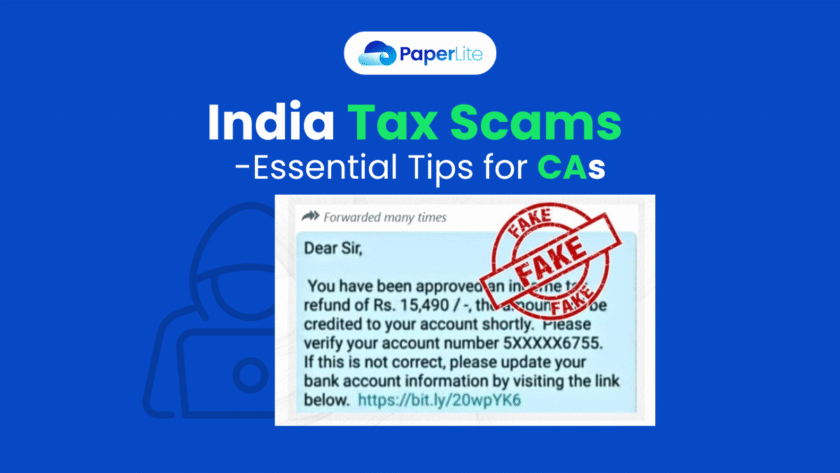Tax season used to be synonymous with mountains of paperwork. Remember scrambling to find your Form 26AS? Well, those days are long gone! A digital revolution is sweeping across India's tax landscape and the Indian Income Tax Department is at its forefront. To make filing a breeze for both taxpayers and chartered accountants, they've introduced…



